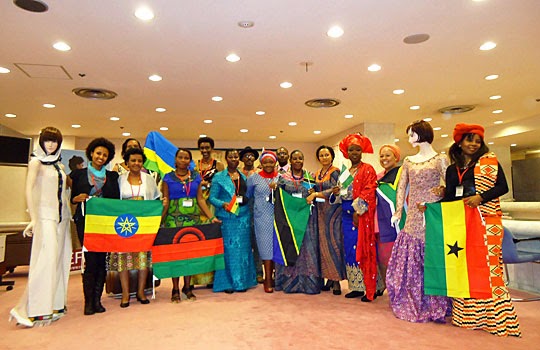When I was in eighth grade, I started working at a pizzeria, owned by a local friend in Seattle. It was not long after that I received my first paycheck. I knew that with this came a host of financial responsibilities. I realized that for my contemporaries, others in their late teens and early 20s, this could be a somewhat daunting experience. A survey released this month by the Council for Economic Education found that fewer than half of states require an economics course as a high school graduation requirement, and only 17 states require a personal finance course. Fortunately, I was already armed with key financial principles through the Renton/Skyway Boys & Girls Club Money Matters: Make it Count Program, sponsored by Charles Schwab Foundation.
Over time I learned how to do everything from opening a checking account to creating a realistic budget, saving money, and investing for college and my future. The bottom line is that it's never too early to think like an entrepreneur, to manage your money and to get on a path to fiscal responsibility. My success has also allowed me to give back to my community, and I'm honored to serve as a mentor for other teens in my area.
Learning how to manage my money even helped me start my own business. When I was 16, a sophomore in high school, a friend and I started a music and entertainment company, called "Northwest Empyre." While primarily offering DJ'ing services, we also ventured into photography, videography, graphic design and clothing. This experience taught me more than I could have imagined and sparked a new period of growth for me -- allowing me to believe in myself and realize that even though I'm young I can still do something I love and make a difference.
Despite the current lack of widespread personal finance education, it is more important than ever for individuals to step up to the plate. No matter what your age, here are just a few ways to get started on your own path to financial success:
- 1. Create a Spending Plan - Even if you don't have a lot of money, creating a spending plan is a great way to get in the habit of knowing what's coming in and what's going out. Like a diet, if you stick to it, you'll develop healthier spending habits in the long run. Sure, there's always the temptation of wanting to buy that new CD at the checkout, but you'll be less likely to impulse buy if you know you don't have the money to cover it. I also learned that everyday expenses can really add up quickly. One of the methods that helped me create a realistic spending plan was to write down my goals and try to save a little from each paycheck.
- 2. Get Educated about Banks and Accounts - Once I started earning my own money, I wanted to have my own account -- but there was so much I needed to learn, including the difference between checking and savings accounts, credit unions versus banks, fees, debit cards and minimum balances. Asking all of these questions helped me determine which bank was right for me and which account would help my money grow. And the advice from my mentors and parents was 100 percent free!
- 3. Invest - After setting my goals, I needed to find a realistic way of achieving them. Saving and investing a little each month helped me do that. Because I was living at home I was able to invest a little more in my business by creating a chart with specific project goals, costs and estimated dates to accomplish them, which helped me stay organized.
- 4. Plan for College - I'm currently a freshman at Rochester Institute of Technology where I'm studying Electrical/Mechanical Engineering Technology. I truly didn't realize how much it would cost to attend college. Everything from tuition to room and board, activities and books should be part of your plan. Saving a little from my paycheck and coming up with a realistic list of schools we could afford was important for me to map out with my family. I also looked into a variety of scholarship and loans -- something I highly recommend. There are so many different programs out there to help you finance your education if you take some time to do the research.
- 5. Think Like an Entrepreneur - The most exciting part of my financial literacy journey has been the ability to apply the money I've saved over the years to my own business. I learned that to be an entrepreneur you have to be willing to take risks, which may not be for everyone. I love the independence of running my own show along with my friend and business partner. But I also know that I have to constantly stay aware of costs and expenses in order to keep things running smoothly. Entrepreneurs have a great sense of pride but also a great responsibility. Taking some time to learn about yourself, knowing your skills and how they fit into your goals are really important to see if entrepreneurship is the right fit for you.
From HUFF POST Financial Education














